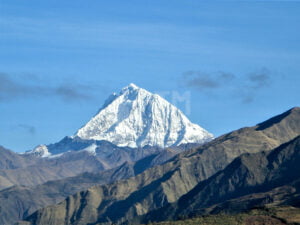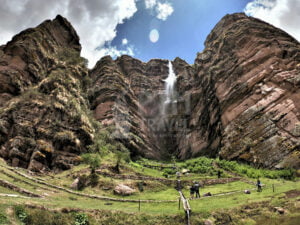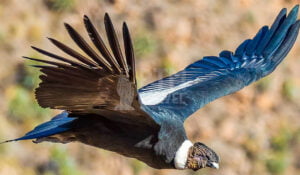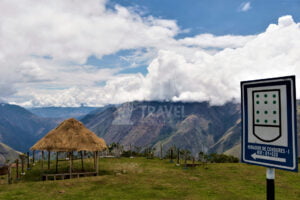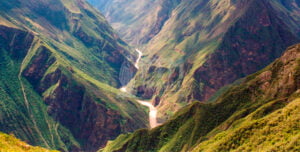The Northern Zone of Cusco
After the pandemic, tourism has become very important. Visiting scenic areas, enjoying outdoor activities, and engaging in “soft adventure” complemented by culture and history are great motivations to visit Cusco and Machu Picchu. The northern sector of Cusco offers a great alternative for conventional tourism with truly unforgettable routes. In addition, you can explore one of the deepest canyons in the world and observe the majestic Andean condor at the
Condor Viewpoint
The Condor Lookout, located at an altitude of over 3400 meters above sea level, is situated in the community of Chonta in the district of Limatambo, in the Cusco province of Anta. It is a tourist destination located 90 km from the city of Cusco.
The Andean sky sets the stage to appreciate the spectacular flight of the Peruvian condor. This mythical bird is considered a spiritual messenger, one of the largest in the world, and is endemic to the Andean region of South America. It holds great significance in the worldview and culture of Andean and indigenous peoples
Observing the flight of these birds in this setting is a unique experience!
In addition, the journey will visit the Archaeological Complex of Tarawasi, the Temple of Killarumiyoc, which pays homage to the Moon or Mama Killa, and you will be able to observe the beautiful “Pampa de Anta”.
Humantay Lagoon
Laguna de Humantay or Umantay (Head of the gods) is located at the foothills of one of the sacred snow-capped mountains of Cusco, Salcantay, above 4250 meters above sea level. Alongside Machupicchu and the Rainbow Mountain, it is one of the favorite and most photographed sites for travelers.
Laguna Humantay sits on a glacial cirque, with emerald green and varying to turquoise colors. Embarking on this hike is a true spectacle of nature, amidst the landscape of the Vilcabamba mountain range, snow-capped peaks, and the abysses of the Apurimac River. However, this magical and wonderful natural landscape is not just a place where color and the magic of nature merge. It is also a sacred and mystical place where you can reflect on the great importance of water and its processes, the fragility of the terrestrial ecosystem, and the effects of climate change.

